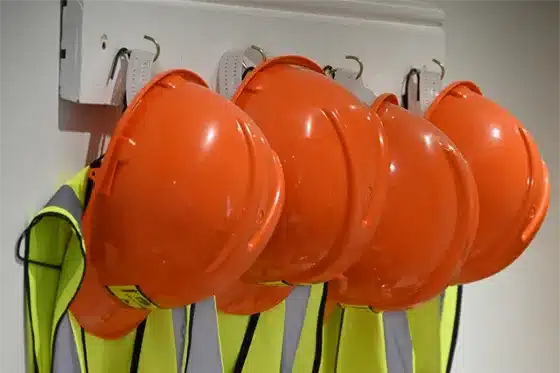Residential
Residential
Fire risk assessments are essential in residential settings, especially in properties with multiple occupants such as flats, HMOs (Houses in Multiple Occupation), and rental homes.
Tragic events like the Grenfell Tower fire have highlighted the devastating consequences of inadequate fire safety measures and the critical need for proper risk management. Shared spaces, varied occupant behaviour, and complex building layouts can all increase fire risk and complicate evacuation in an emergency.
A comprehensive fire risk assessment helps identify potential hazards, ensures that fire detection and escape systems are effective, and confirms that legal responsibilities are being met. For landlords, property managers, and housing providers, prioritising fire safety isn't just about compliance—it's about protecting lives and preventing another tragedy.

Does My Building Need a Fire Risk Assessment?
If you own or manage a residential building in the UK—particularly one with shared communal areas such as flats, maisonettes, or HMOs—you are legally required to have a fire risk assessment in place.
The responsibility for ensuring this is done lies with the "responsible person," which is typically the landlord, managing agent, or property owner. The assessment must be reviewed regularly and updated whenever there are significant changes to the building, its layout, or how it is used.
As a best practice, reviews should be conducted annually to ensure continued compliance and safety. Having a fire risk assessment is not just a legal obligation—it’s a vital step in protecting the lives of residents and maintaining the safety of the property.
Understanding the Risks
Fire in residential settings poses serious dangers—not only the risk of injury or loss of life, but also the devastating loss of people’s homes and belongings.
In buildings where multiple households live in close proximity, such as flats or HMOs, the risk is heightened due to shared spaces, varying levels of awareness, and sometimes limited escape routes. Identifying potential fire hazards is essential to preventing fires before they start. Just as crucial is ensuring that, in the event of a fire, there are reliable detection systems in place and clearly defined, unobstructed escape routes that allow occupants to evacuate quickly and safely.
Taking these steps not only fulfils legal responsibilities but, more importantly, protects lives and homes.


Your Fire Safety Team
At IGNIS Risk, we bring the experience and expertise needed to ensure your building and the people you are responsible for are safe and protected.
We understand the complexities of fire safety in residential settings and provide clear, practical guidance tailored to your specific property. Our team works closely with you and your tenants to create a collaborative, pragmatic approach that meets legal requirements while remaining realistic and easy to implement.
Whether it's conducting thorough fire risk assessments, advising on improvements, or helping with ongoing compliance, IGNIS Risk is committed to helping you maintain a safe living environment for all residents.
Ignis Risk Management are Here to Help
Enquire Today
Click the button below to contact Ignis Risk Management.